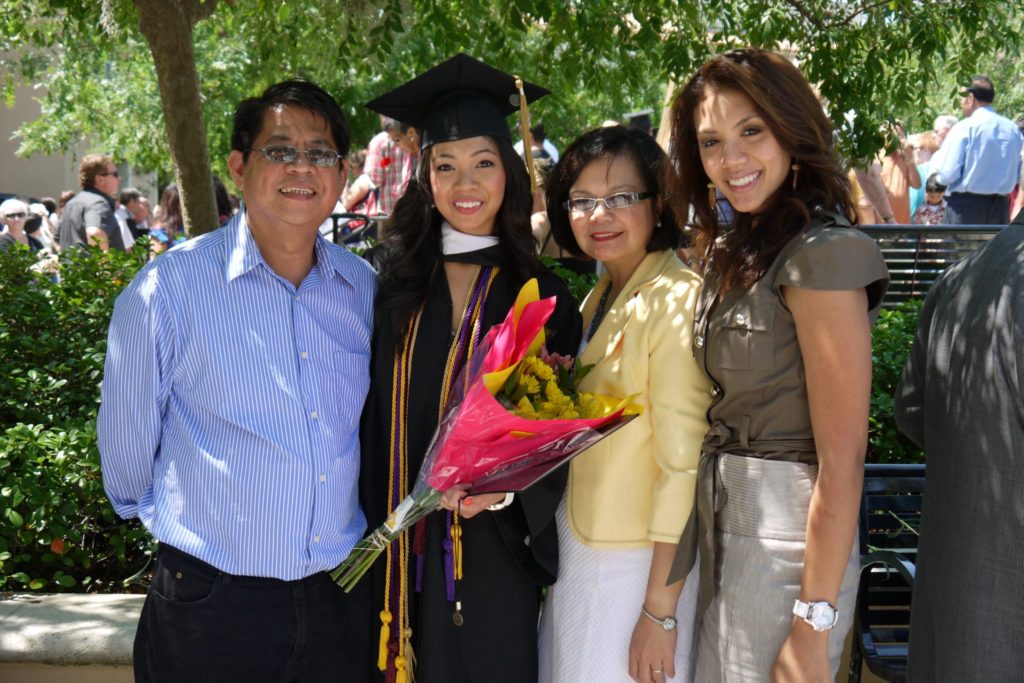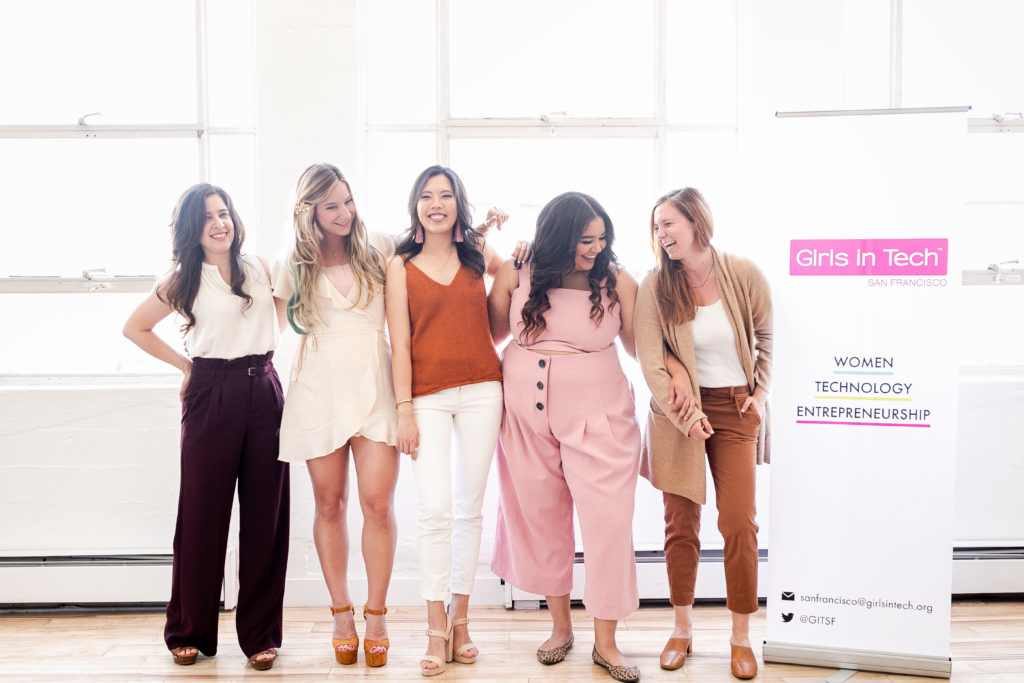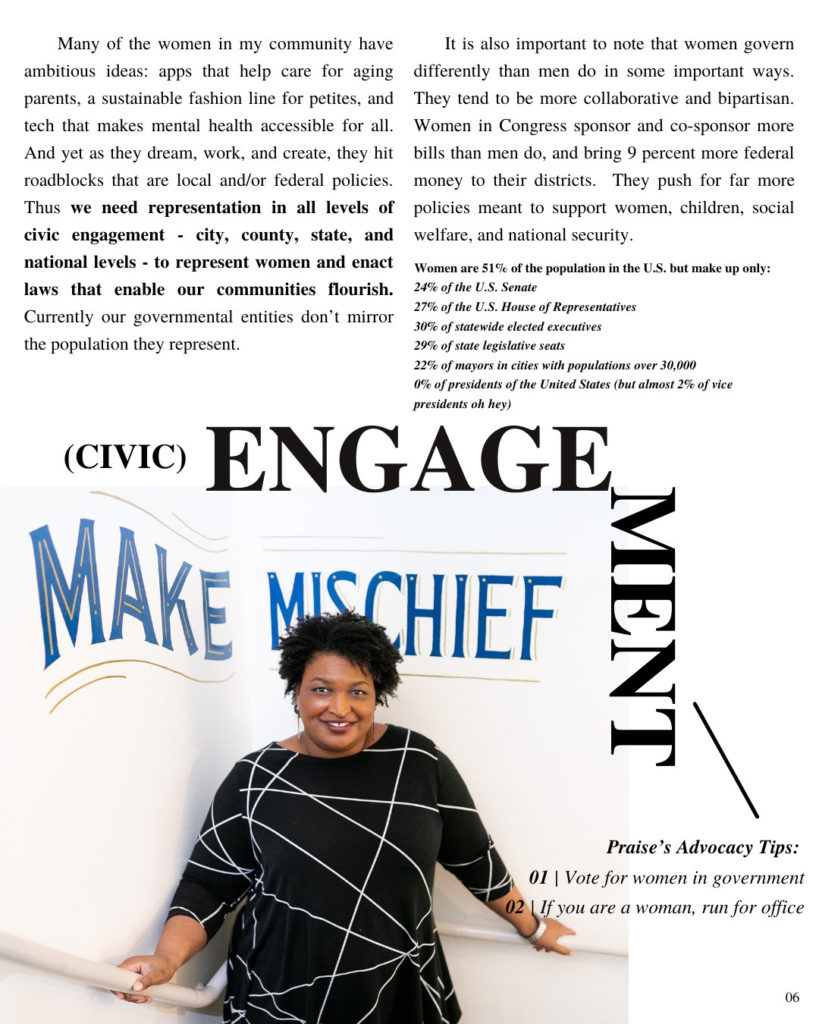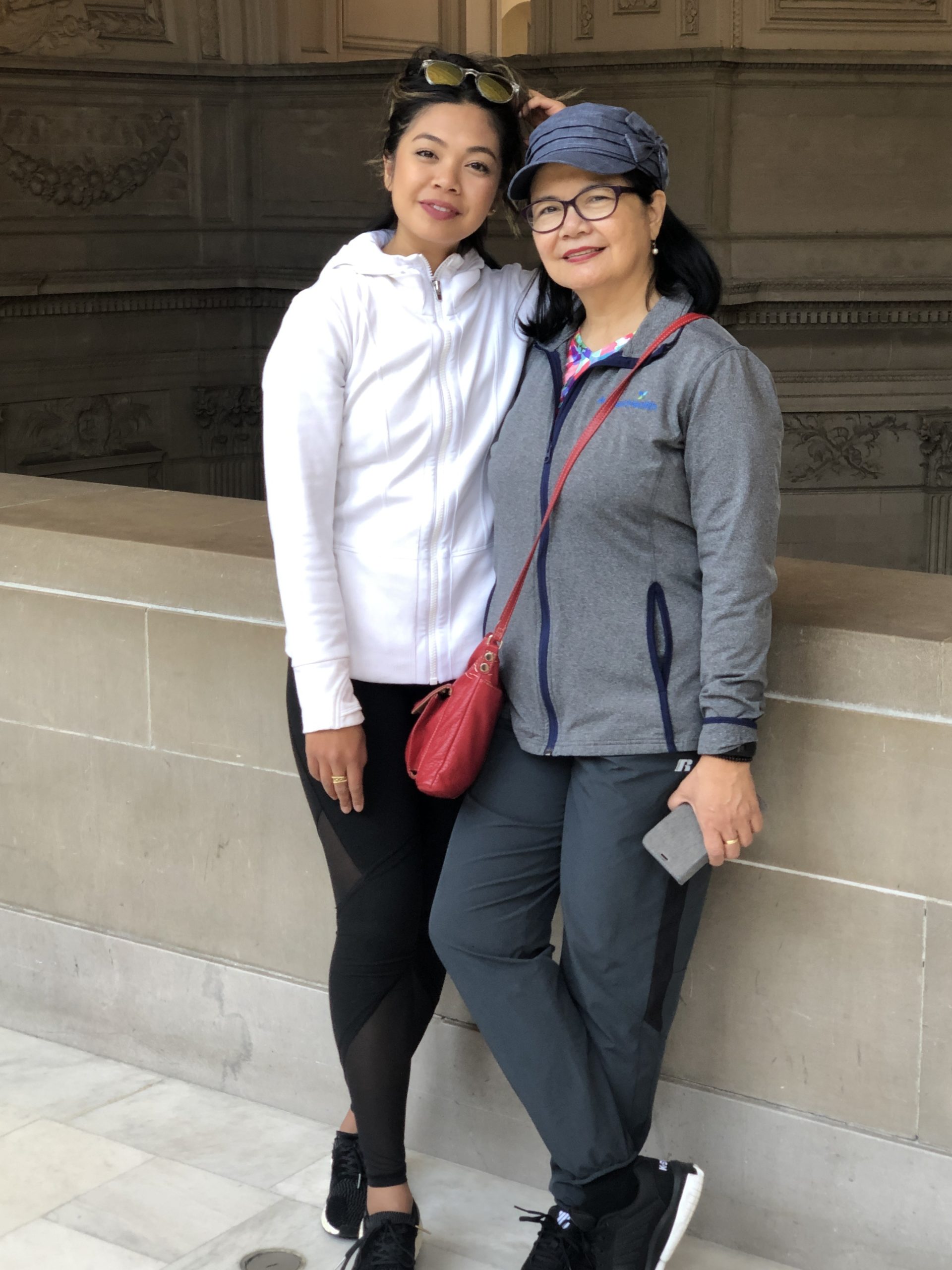First But Not The Last: A Look At Gender Equality And What You Can Do To Balance It
February 23, 2021
“While I may be the first woman in this office, I will not be the last. Because every little girl watching tonight sees that this is a country of possibilities. And to the children of our country, regardless of your gender, our country has sent you a clear message; dream with ambition. Lead with conviction. See yourselves in a way that others may not, simply because they have never seen it before. But know that we will applaud you every step of the way.” – Madam Vice President Kamala Harris
With Kamala Harris being inaugurated as the first female – and person of color – Vice President of the United States, there is a lot of hope in bloom.
But plot twist, did you know that Kamala’s address to every young girl is actually a part of a data-backed strategy to improve global health, protect the environment, and boost the global economy? Yeah, it’s brilliant. Truly.
You cool with me giving you the 411 so you can be part of this movement too?

Disclaimer: This article is naturally limited in scope (as is my knowledge and experience). I will speak to the area’s I am most familiar with and will not address many important perspectives, injustices, or aspects of human thriving. Thankfully there are many others more equipped to do so who can speak for themselves.
Okay, now with that disclaimer out of the way, you ready to go deep? There are three aspects to gender equality that I want to get you jiggy with (and they’re alliterative): education, employment, and (civic) engagement
Education
I lived in a state where I could start college early, dually enrolling at the local community college when I was 15-years-old during my junior year of high school so I could earn almost thirty college credits even before I had my high school diploma.

The amount of infrastructure that granted me robust educational opportunities though is not the norm around the world. Let’s contrast this with another vignette. When Malala Yousafzai was 15-years-old, a masked gunman boarded her bus and shot her on the left side of her head because she was an advocate for girls’ education. A few years before in her home country of Pakistan, the Taliban said that girls could no longer be educated, closing her school. She advocated for years that girls have the right to learn and thus caught the unfortunate attention of the terrorists. Miraculously though, she survived her gun wound and continues to fight for education gender equality worldwide.
Here’s are the key takeaways from Malala’s education advocacy appeal to the G20:
-
Girls’ education strengthens economies and creates jobs.
Millions more educated girls means more working women with the potential to add up to $12 trillion USD to global growth. Currently, 132 million girls are out of school.
-
Communities are more stable — and can recover faster after conflict — when girls are educated.
When a country gives all its children secondary education, they cut their risk of war in half. Education is vital for security around the world because extremism grows alongside inequality.
-
Educated girls are healthier citizens who raise healthier families.
Educated girls are less likely to marry young or contract HIV — and more likely to have healthy, educated children. Each additional year of school a girl completes reduces both infant mortality and child marriage rates.
-
Investing in girls’ education is good for our planet.
The Brookings Institution calls secondary schooling for girls the most cost-effective investment against climate change. One of the most effective strategies for curbing global carbon emissions is to slow population growth.
What you can do:
- Support girls education by donating to nonprofits (my faves Malala Fund, Kurandza, and Because Justice Matters) or volunteering as a mentor or supporting policy that promotes education. Also watch Push Out Film
- Raise your kids to believe they can be anything: when parents challenge gender bias at home, kids see more possibilities for themselves.
Employment
But we must also create opportunities for this education to blossom in a gender-equal workplace.
I am fortunate to have grown up around hard-working women. Recruited as a nurse, my mother immigrated to the United States from the Philippines at 24-years-old. She and my Dad were able to start their family here, giving birth and raising me and my sister here in the U.S. My mother has always been the higher-income earner (I was going to say bread-winner but decided to leave it out of respect to my gluten-free peeps. Can I make chipotle-bowl-winner a thing?) for our family. Because of my mom, it was the norm to see female family providers. I even remember being shocked when as a 4th grader I asked my friend what her mom’s job was and then learned she was a stay-at-home mom (not knocking this role though because parents: hello they are some of the pandemic VIPs). It was novel to me.

However, there are systems that are negatively affecting other females’ opportunity to be the hard-working bossassbabes that they are. Check out some of these too-current-it-hurts stats:
-
Lost Jobs
- According to the Bureau of Labor Statistics, about 156,000 women lost their jobs in the final month of 2020, while men gained 16,000 jobs
- There are nearly 2.1 million fewer women in the workforce today than there were this time last year.
-
Gender Gaps
- Nearly 50% of men think women are well represented in leadership organizations where only 1 in 10 senior leaders is a woman.
- Women in the creative fields are making 26 percent less than men per project. In fact, to close the gap women are completing 22 percent more projects a year than men.
Someone asked me the other day what kind of photography I specifically get littylit by. It’s photographing female entrepreneurs specifically. Because they are doing risky things.
They are launching ideas to better the world in a climate that isn’t conducive for their flourishing. And yet they do it. Despite the loss of job opportunities, the lack of pay equality, and through the microaggressions (which needs a separate writing itself because there are still comments such as, “you led that meeting with such authority, I’m not used to that coming from a woman” floating around workplaces today. smh). When my photostudio can be their cheerleader to women to keep going in their lives and businesses, I know our work is worth it.

What you can do:
- Seek out female-founded companies for both your professional and personal needs
- Buy stocks from companies with a female CEO
- Champion a more equal workplace: Help level the playing field by challenging gender bias
(Civic) Engagement

Many of the women in my community have ambitious ideas: apps that help care for aging parents, a sustainable fashion line for petites, and tech that makes mental health accessible for all. And yet as they dream, work, and create, they hit roadblocks that are local and/or federal policies. Thus we need representation in all levels of civic engagement – city, county, state, and national levels – to represent women and enact laws that enable our communities flourish. Currently our governmental entities don’t mirror the population they represent.
Women are 51% of the population in the U.S. but make up only:
- 24% of the U.S. Senate
- 27% of the U.S. House of Representatives
- 30% of statewide elected executives
- 29% of state legislative seats
- 22% of mayors in cities with populations over 30,000
- 0% of presidents of the United States (but almost 2% of vice presidents oh hey)
It is also important to note that women govern differently than men do in some important ways. They tend to be more collaborative and bipartisan. Women in Congress sponsor and co-sponsor more bills than men do, and bring 9 percent more federal money to their districts. They push for far more policies meant to support women, children, social welfare, and national security.
What you can do:
- Vote for women in government
- If you are a woman, run for office
Resources:
Research
World Economic Forum 2020 report
Start-Ups
Female Founder School | Female Founder Collective | Ladies who launch
Networks, Directories, Job Boards
Girl Boss | Freelancing Females | Support Your Ladies
Newsletters:
Finances:
Female CEO Stocks | Female Founders Fund | ElleVest
Advocacy:
She Should Run | Represent Women




